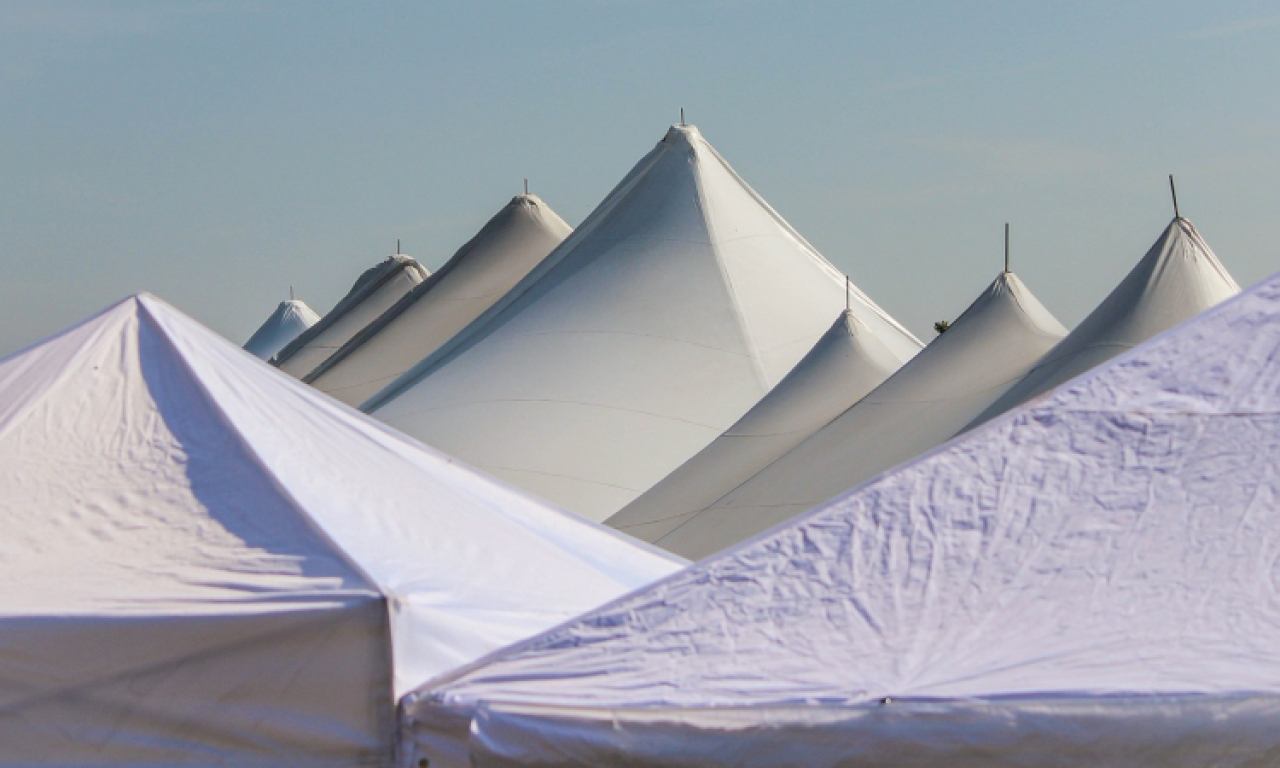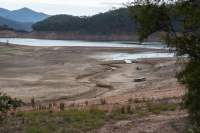These are only a few examples of their influence on certain sectors. You can browse around this site to understand them even better. However, knowing the different kinds of materials that can be used in temporary structures will help businesses and organizations make the optimal decision about the ideal material for their structures. In this article, we will examine three widely used materials and discuss their benefits and drawbacks.
Construction Materials for Temporary Structures
These are a few main types of materials used to build temporary structures. The best choice for you will depend on your intended application of temporary structures.
Steel temporary structures
One of the materials usually used for making temporary structures is steel. Steel is renowned for its remarkable strength, adaptability, and durability, all of which provide for a wide range of customization choices for temporary structures. Steel temporary structures can thus satisfy particular practical, aesthetic, and environmental needs. They are readily scalable and adaptable to changing needs since they can be prefabricated, put together quickly, and frequently are constructed in modular components.
Steel is ideal for outdoor and mid-term temporary applications because of its excellent resistance to weather-related problems including rust and corrosion. The use of steel enables interior features like insulation, electrical wiring, HVAC systems, lighting, and other amenities to create a comfortable and useful indoor environment. Some cons of steel include its greater weight and potential cost premium over some other building materials like wood or textiles.
Aluminum temporary structures
Another material used to build temporary structures is aluminum. It has a unique set of features, benefits, drawbacks, and customization possibilities. Aluminum temporary structures are lightweight, corrosion resistant, easy to assemble, recyclable, and require little upkeep. These properties make it simple to transport and assemble, decrease construction time and labor costs, and lead to little maintenance.
Additionally, aluminum has a high strength-to-weight ratio, is highly portable and resilient, and can be customized in terms of size, form, layout, and exterior treatments. It is also energy efficient and fire resistant. These qualities give temporary structures made of aluminum structural stability, lower energy consumption, the capacity to endure a variety of environmental conditions, fire safety, and the ability to be tailored to meet particular requirements. The downsides of employing aluminum are that it has a restricted load capacity and strength, is expensive, and has high thermal conductivity.
Tents and other fabric structures
Fabrics are excellent choices for temporary structures since they are lightweight, adaptable, and movable. Because of this, they are well suited for transient applications where mobility is crucial. Of course, the fabric is supported by a frame of another material like aluminum, but the fabric structure is still lighter than if it were made entirely of metal.
Fabric structures are simple to set up and offer extensive customization to match unique requirements and aesthetics. Furthermore, depending on the design, fabric structures might let in some natural light to produce a comfortable interior atmosphere. Their flexibility in terms of size and configuration enable them to accommodate a variety of functions while allowing for the installation of lighting, flooring alternatives, safety features, and climate control. They may be made into many different shapes and unique architectural designs because of their light weight. Cons of employing tents and other fabric structures include issues with obtaining licenses for them as well as limitations on their longevity, weather resistance, and capacity for insulation.
Conclusion
In this article, three commonly used materials for making temporary structures have been examined. Their features, adaptability, advantages, and disadvantages have been highlighted. It is advised that you pick a material that offers you the best efficiency while strictly staying within your budget.















